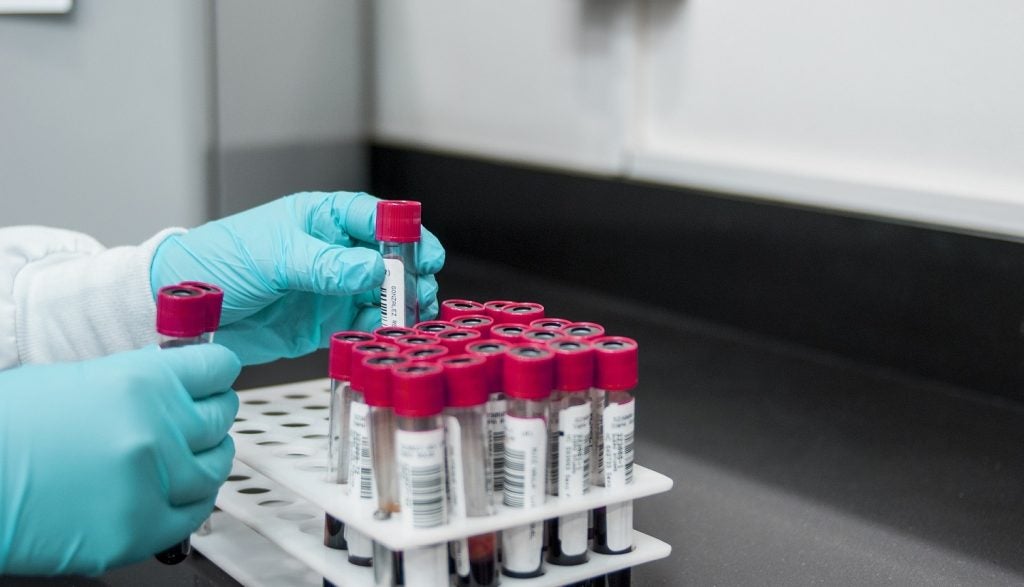The European Parliamentary (EP) elections are underway across the continent with results declared in 16 out of the 27 member states, with conservative parties holding as far-right anti-immigration parties gain seats a weary European life sciences industry looks on as the future of healthcare regulation is set to be impacted.
At the time of publication, the European People’s Party (EPP) is holding strong, led by the current president of the European Commission Angela Von der Leyen, having 13 seats with a total of 189 seats out of a potential 705 seats across the whole of Europe. The party, most notably populated by Germany’s Christian Democratic Party, is a conglomeration of mostly Western European conservative parties aligned by a general stance of lower taxation and loser regulation. A stance that tips them as a preferred party to work with for life science companies and investors.
However, at the same time, right-wing parties with a singular focus on immigration and Euroscepticism such as Identity and Democracy (ID), who have gained nine seats, may seek to derail certain proceedings at a time when life science firms across the world are paying keen attention ongoing and recently passed European Union (EU) legislation as the continent grapples with post Covid-19 pandemic economic growth and the looming impacts of climate change.
The results come shortly following the 2024 MedTech Forum in Vienna, Austria, where MedTech Europe CEO Oliver Bisazza called on the industry to pay close attention to the upcoming EU elections, in a year that is set to see elections taking place across the UK, US and France.
Bisazza said: “EU elections are not the trendiest or sexiest of elections when compared with national elections, but they are of critical importance.
“So where is Europe going next? In terms of politics, it could be going in a very fresh new direction very soon. Both at a national level and at the European level. How can medtech companies work with governments to help us all get to where we need to be? To answer that question and inspire a new generation of policymakers who will take power in a few weeks or months, MedTech Europe has released a manifesto.”
Corporate wishlist
As with any election, many of the larger life science companies have laid their desires and outcomes for this ongoing election, with some of the larger industry representative bodies such as MedTech Europe seeking to keep themselves at the top of the new EU parliament agenda.
In October 2023, European industry group the Biomedical Alliance (BioMed), alongside its biotech contemporary group Europa Bio and Johnson & Johnson, released a report that outlines a series of wishes and hopes for upcoming and returning European regulators. The fourth edition of the 'Attracting Life Science Investments in Europe' report calls on the EU to shore up general stability within the continent, as well as overall sustainability in the face of an increasingly more unstable Europe. Likely, the increasing prevalence of far-right parties such as ID would not represent the overall stability that investors are looking for.
The report reads: “What investors want is stability and predictability. The sustainability of investments and the output and outcome can only be successful if the environment is not disruptive, and that includes political stability, social peace, and solid economic foundations.
“This includes the certainty that the tax systems will not change every few years, that commitments made by the authorities are also met, and that there is a minimum rule of law, including intellectual property protection.”
Under the last European parliament, in which the majority of seats were held by the EPP alongside the European Conservatives and Reformists, a collection of European conservative parties with inclinations towards the liberalisation of government, Venture Capital financing for life science companies in Europe totalled €15.5bn. Representing an annual growth of 16%. In Germany alone, the volume between 2016 and 2020 has been more than €3bn according to UK-based property and investment company Savills.
Seeking stability
It was in this same period that the EU passed the controversial and still unwinding general pharmaceutical reforms, impacting the whole spectrum of life science products from medical devices to medicines, that sought to lower prices and ensure access to products for all users across all member states in the EU, not just the wealthier states.
Analysis by GlobalData managing analyst Eoin Ryan detailed how at the moment one of the biggest barriers to investment in European life sciences is uncertainty when it comes to understanding how these new legislative changes will take place.
Ryan said: “Trialogue discussions aimed at finalising the reform package seem likely to open up the possibility of further changes. Moreover, the emergence of political crises in certain EU countries, and difficulties forming effective governments after elections in Belgium and Bulgaria, among others, risk complicating EU negotiations.
“In addition, the possible growth of right-wing, populist, and anti-EU political parties in June 2024’s European Parliament elections may exacerbate policy differences in upcoming negotiations between EU institutions and could result in a greater willingness to dilute more controversial parts of the EU pharma reforms.”
For the most part, the traditionally conservative and business-minded EPP maintains its position as the general favourite in terms of investment stability. Within its 2024 EU manifesto are calls for the reform of patient health data, as well as hopes for the continent to become “the world’s laboratory, where the best medicines and treatments are being developed, where we train the best doctors and nurses, and where the next generation of pioneers in medical research and pharmaceutical innovation are born”. All of this indicates to investors and companies an inclination of desire to work alongside them.
Additionally, the hardline anti-immigration stance held by the ID parties, partnered with the conservative immigration scepticism of the more traditional EPP, is intentionally a hostile atmosphere for healthcare workers who are seeking to move to the continent. This could not come at a more delicate time for the industry after calls at MedTech Europe that the industry desperately needs to strengthen its healthcare workforce or risk losing skilled workers to higher pay and more stable jobs in the US or Asia.
Research conducted for and published in the MedTech Forum 2024 Manifesto found that one in every four workers will need to be a healthcare worker by 2040 to prop up the current European Healthcare system without leaving a catastrophic shortfall.














